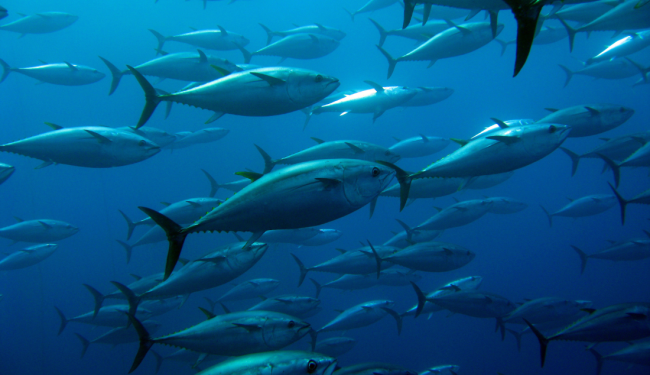
Indonesia is home to some of the world’s richest biodiversity, from primates to amphibians, yet many of these species are under increasing pressure from habitat loss and deforestation. Trade in wild animals, skins and frogs’ legs continues to pose risks both for conservation and for animal welfare. In parallel, farming industries in Indonesia are expanding rapidly, making cooperation on animal welfare even more important.
Although current EU imports of animal products from Indonesia remain modest (with imports mostly limited to frog legs, tuna, and octopus), trade flows could increase in the future. To be future-proof, any liberalisation on animal products should have been explicitly linked to EU-equivalent animal welfare standards.
The CEPA includes commitments to the Paris Agreement and establishes cooperation frameworks on environmental and climate-related issues. However, these Trade and Sustainable Development provisions remain weak: they rely largely on dialogue and cooperation, without binding commitments. This creates risks for forests and biodiversity in Indonesia, and therefore for wild animals that depend on them, if political will and resources are lacking. The same is true for animal welfare: cooperation provisions alone will not lead to meaningful change unless both partners prioritise and resource them. The EU and Indonesia should make full use of the deal’s cooperation mechanisms to protect forests and biodiversity, and to extend this to animal welfare.
The EU’s ongoing revision of its animal welfare legislation, which would include a trade dimension, presents opportunities in which the EU can work closely with Indonesia. For example, Indonesia’s chicken meat and egg-laying sectors are large and growing, and most laying hens are still kept in battery cages. Introducing cooperation on improving hens’ welfare and supporting transitions to cage-free would provide a platform for aligning welfare standards.









Discussion about this post